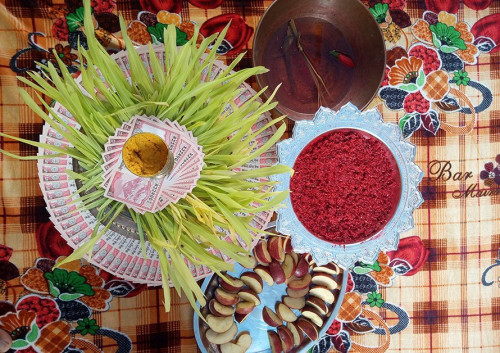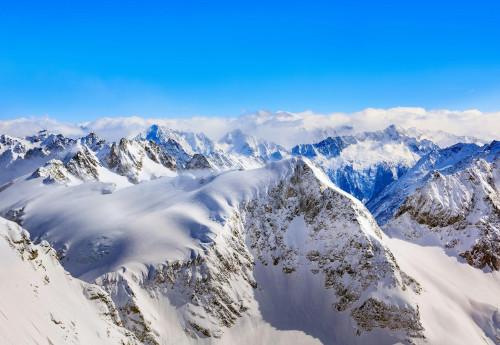21st Sep, 2025
Manaslu Trek in Monsoon
- Magnificent Himalayan Treks
Table of Contents
Introduction
The Manaslu Circuit Trek is a hidden gem in Nepal. It circles Mount Manaslu, the eighth-highest peak in the world. Many trekkers visit in autumn or spring. But the monsoon season (June to mid-September) has its own magic. The hills turn bright green. Rivers roar with fresh water. Waterfalls tumble down cliffs.
Trekking in monsoon is not for everyone. Trails can be wet and muddy. Leeches are common in lower areas. But if you are ready for a wild adventure, the Manaslu trek in monsoon can be special. This guide will help you plan.
Why Trek Manaslu in Monsoon?
Fewer Crowds
In autumn, the trails are full of trekkers. Guesthouses can be busy. In monsoon, you may walk for hours without seeing anyone. Villages feel peaceful. You get more personal space.
Lush Landscapes
Monsoon rain feeds forests and fields. Hills glow in shades of green. Flowers bloom along the paths. Rivers and waterfalls are powerful and beautiful.
Local Life at Its Best
Monsoon is planting season in Nepal. Farmers work in rice paddies. You can watch their daily life up close. The trek feels authentic and alive.
Lower Costs and Flexible Stays
With fewer trekkers, tea houses are open to negotiation. You can choose rooms easily. Some operators may offer discounts on guides or porters.
Challenges of Monsoon Trekking
Heavy Rain
Expect rain, especially in afternoons. Carry a good rain jacket and backpack cover. Waterproof shoes or gaiters can help.
Landslides and Muddy Trails
Some sections can be slippery. Landslides may block paths or roads. Always ask locals or guides about conditions.
Leeches
Leeches are common below 2,500 m. Salt or antiseptic cream helps remove them. Wearing long socks and tucking in pants can reduce bites.
Limited Mountain Views
Clouds often hide peaks. You might not see Manaslu every day. But when the sky clears, the views are unforgettable.
Best Time within the Monsoon Window
June is the start of monsoon. Early June may have lighter rain. July and August are the wettest months. Early September still has some showers, but skies begin to clear. If you want a balance of green hills and mountain views, late August or early September is ideal.
Preparation Tips
Pack the Right Gear
-
Rain gear: Waterproof jacket, pants, and backpack cover.
-
Footwear: Waterproof boots and extra socks.
-
Leech protection: Salt, spray, or gaiters.
-
Dry bags: Keep clothes and electronics safe.
-
Trekking poles: Useful on muddy slopes.
-
Layers: Even in monsoon, high altitudes can be cold.
Hire a Guide
A guide can check trail safety, find detours, and speak with locals. In monsoon, this support is even more important.
Plan Buffer Days
Landslides or delayed buses can slow travel. Add one or two buffer days to your itinerary.
Stay Informed
Check weather updates in Kathmandu or through your trekking agency. Ask locals about trail conditions before each day’s hike.
Typical Manaslu Trek Itinerary in Monsoon (14–16 Days)
-
Kathmandu to Machha Khola (930 m) – Long drive. Roads may be muddy, so start early.
-
Machha Khola to Jagat (1,340 m) – Follow the Budhi Gandaki River. Expect wet trails.
-
Jagat to Deng (1,860 m) – Pass small villages and waterfalls.
-
Deng to Namrung (2,630 m) – Forests are green and fresh. Leeches may be present.
-
Namrung to Lho (3,180 m) – Watch for the first views of Manaslu if clouds clear.
-
Lho to Samagaun (3,530 m) – Visit monasteries and explore the village.
-
Acclimatization in Samagaun – Hike to Birendra Lake or Manaslu Base Camp if weather allows.
-
Samagaun to Samdo (3,875 m) – Closer to the Tibetan border.
-
Samdo to Dharmasala (4,460 m) – Prepare for Larke La pass.
-
Dharmasala to Bimthang (3,720 m) via Larke La Pass (5,160 m) – Start early for the crossing. The pass may have snow even in monsoon.
-
Bimthang to Dharapani (1,963 m) – Descend through pine forests.
-
Dharapani to Kathmandu – Drive back. Roads may take longer in rain.
Add extra days if buses are delayed or if you want to explore more.
Safety Tips for Monsoon
-
Start hiking early in the day. Rain often comes in the afternoon.
-
Cross rivers or landslide areas only if safe. Wait if unsure.
-
Use a registered guide or agency. They know alternate routes.
-
Stay updated about weather. Local tea house owners often know conditions ahead.
-
Carry a basic first aid kit. Include band-aids for leech bites.
Permits and Rules
You need three permits for the Manaslu Circuit:
-
Restricted Area Permit (RAP) – For the section between Jagat and Dharapani.
-
Manaslu Conservation Area Permit (MCAP).
-
Annapurna Conservation Area Permit (ACAP) – For the exit route.
Permits are checked at many points. You must trek with at least one other person or hire a guide. Solo trekking is not allowed in Manaslu.
Accommodation and Food in Monsoon
Tea houses stay open even in monsoon. But some may have fewer supplies due to blocked roads. Menu options include dal bhat (lentils and rice), noodles, and tea. Prices may be slightly cheaper than in peak season. Bring some snacks for days when supplies run low.
Rooms are simple but cozy. You may get private rooms without extra cost because there are fewer trekkers. Always ask if blankets are dry, as damp weather can make bedding feel cold.
Transportation Challenges
Roads from Kathmandu to Machha Khola or Soti Khola can be rough. Landslides may block the way. Jeeps are more reliable than buses in monsoon. Check road updates before you travel.
Wildlife and Nature Highlights
Monsoon brings life to the forest. You may see monkeys, Himalayan birds, or even musk deer at higher altitudes. Orchids and wildflowers bloom. Rivers and waterfalls are loud and dramatic.
Cultural Experiences
The Manaslu region is home to both Hindu and Buddhist communities. You will pass mani walls, prayer wheels, and monasteries. Villagers may invite you for tea. Be respectful and ask before taking photos.
During monsoon, you may also see local festivals or farming rituals. Watching farmers sing while planting rice can be a joyful moment.
Photography Tips
-
Use a waterproof cover for your camera or phone.
-
Shoot early morning or after rain when light is soft.
-
Capture waterfalls and misty hills for dramatic effects.
-
A lens cloth is useful for wiping raindrops.
Pros and Cons Summary
|
Pros |
Cons |
|
Few trekkers |
Heavy rain |
|
Lush, green scenery |
Landslides and muddy paths |
|
Authentic local life |
Leeches below 2,500 m |
|
Lower costs |
Limited mountain views |
|
Flexible schedule |
Possible transport delays |
Budget Estimate for Monsoon Trek
-
Permits: $100–$120.
-
Guide and Porter: Guide $25–$30/day, Porter $20–$25/day.
-
Food and Lodging: $25–$40/day.
-
Transport: $20–$40 each way.
-
Extras (gear, snacks): $50–$100.
A 14-day trek may cost $800–$1,200 depending on choices.
Packing Checklist
-
Waterproof jacket and pants.
-
Backpack rain cover.
-
Trekking poles.
-
Waterproof boots.
-
Extra socks and underwear.
-
Dry bags or plastic liners.
-
Salt or antiseptic cream for leeches.
-
Quick-dry clothes.
-
Warm layer for high altitude.
-
Sun protection (hat, sunscreen).
-
Power bank for electronics.
Manaslu Trek vs. Other Treks in Monsoon
The Everest and Annapurna regions are also rainy. But Manaslu is quieter and feels wilder. Roads in Annapurna may be better, but the Manaslu Circuit offers a stronger sense of adventure. If you like fewer people and don’t mind rough trails, Manaslu is a good choice.
Environmental Care
Monsoon brings a lot of water, but plastic waste can still harm the environment. Carry a reusable bottle and water filter. Do not throw plastic on the trail. Stay on marked paths to prevent erosion.
Tips for Enjoying the Journey
-
Walk slowly on wet sections.
-
Take breaks to enjoy the sound of rain and rivers.
-
Use tea house time to talk with locals.
-
Write a journal about your adventure.
-
Celebrate small wins like crossing a slippery bridge or seeing a brief mountain view.
Final Thoughts
The Manaslu trek in monsoon is a mix of challenge and beauty. You may face rain, leeches, and muddy trails. But you will also see vibrant hills, strong rivers, and authentic village life. With preparation and flexibility, the trek can be unforgettable.
If you want a quiet trail and are not afraid of rain, monsoon trekking in Manaslu might be perfect for you. Pack well, hire a guide, and stay safe. The reward is a raw and wild Himalayan experience that few people get to see.
Recent From Blog
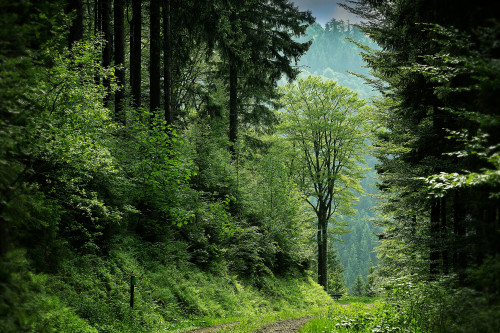
13th Oct, 2025
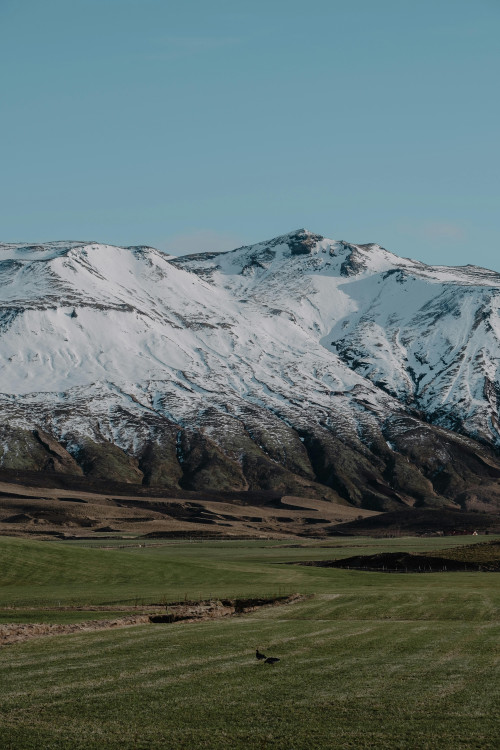
9th Oct, 2025
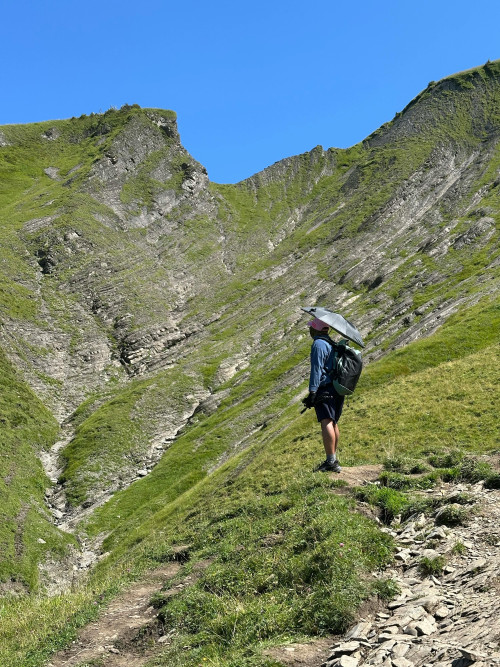
21st Sep, 2025
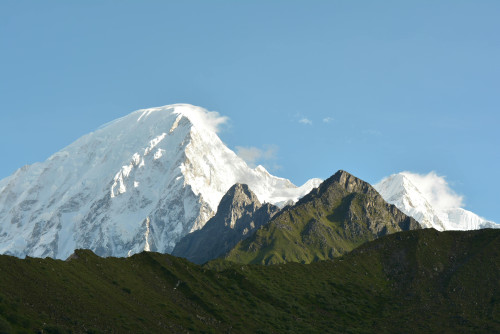
18th Sep, 2025

14th Sep, 2025

3rd Sep, 2025

28th Aug, 2025
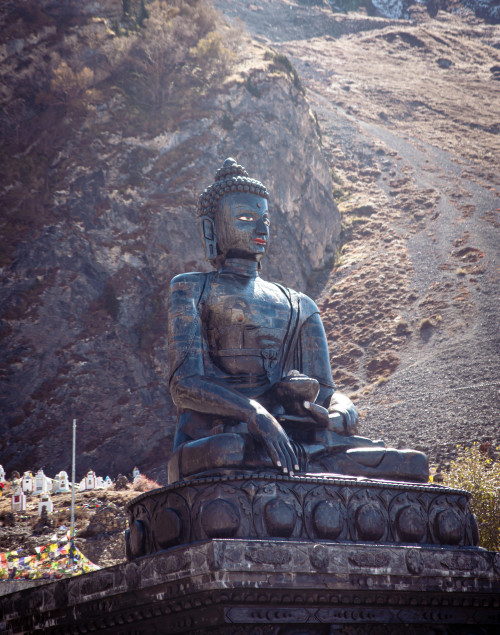
25th Aug, 2025
